Home>Articles>Where To Place A Carbon Monoxide Detector In UK
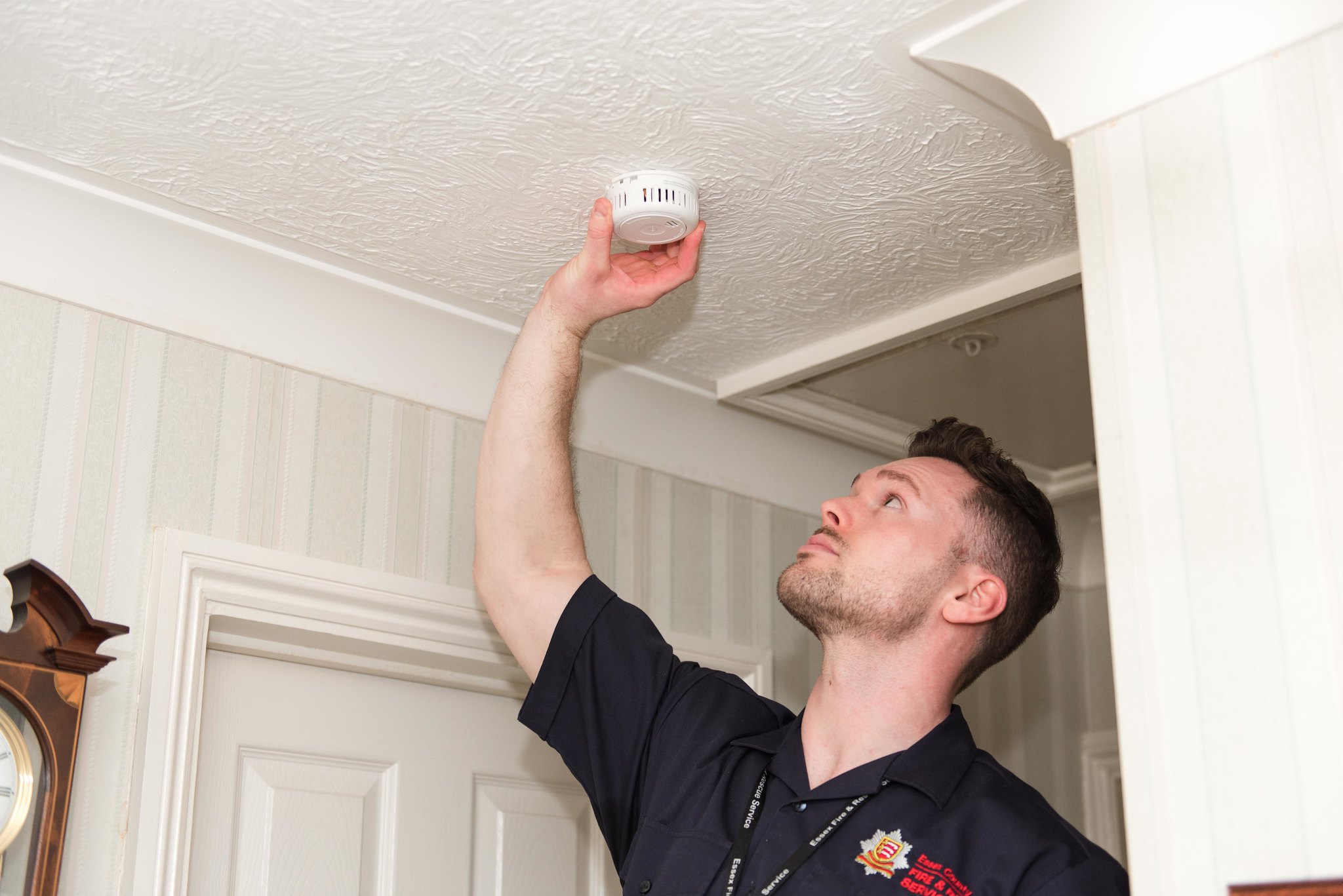

Articles
Where To Place A Carbon Monoxide Detector In UK
Modified: March 2, 2024
Looking for information on where to place a carbon monoxide detector in the UK? Our articles provide valuable insights and tips to keep your home safe.
(Many of the links in this article redirect to a specific reviewed product. Your purchase of these products through affiliate links helps to generate commission for Storables.com, at no extra cost. Learn more)
Introduction
Carbon monoxide (CO) is a colorless, odorless, and tasteless gas that can be extremely dangerous if not detected early. It is produced by the incomplete combustion of fossil fuels such as gas, oil, and coal. Breathing in high levels of carbon monoxide can lead to serious health problems, and in some cases, even death. That is why having carbon monoxide detectors in your home is crucial.
In the United Kingdom, the need for carbon monoxide detectors in residential properties is taken very seriously. In fact, there are legal requirements regarding their installation in certain types of dwellings. But even if it is not mandatory for your specific property, it is highly recommended to have a carbon monoxide detector installed.
This article will guide you on where to place your carbon monoxide detector in various areas of your home. By following these recommendations, you can ensure that you and your family are protected from the dangers of carbon monoxide poisoning.
Key Takeaways:
- Protect your family by strategically placing carbon monoxide detectors in bedrooms, living rooms, kitchens, basements, and garages. Regularly test and maintain the detectors to ensure optimal performance and safety.
- Prioritize the safety of your loved ones by complying with legal requirements and installing carbon monoxide detectors throughout your home. These detectors provide an essential early warning system, potentially saving lives.
Importance of Carbon Monoxide Detectors
Carbon monoxide is often referred to as the “silent killer” because it is undetectable by our senses. Unlike other toxic gases, carbon monoxide has no taste, smell, or color. This makes it extremely difficult to detect without the help of specialized equipment.
A carbon monoxide detector is a device that is designed to alert you when it detects high levels of carbon monoxide in the air. It works by continuously monitoring the air for any signs of this poisonous gas. When it detects a potentially dangerous level, the detector will emit a loud alarm, giving you and your family valuable time to evacuate the premises and seek fresh air.
Having carbon monoxide detectors in your home is crucial for several reasons:
- Early Detection: Carbon monoxide is a silent and deadly gas that can build up in your home without any warning. By installing a carbon monoxide detector, you can detect the presence of this gas at the earliest stage, well before it reaches dangerous levels.
- Preventing Carbon Monoxide Poisoning: Carbon monoxide poisoning can cause a wide range of symptoms, from headaches and dizziness to nausea, confusion, and even loss of consciousness. In severe cases, it can lead to death. A carbon monoxide detector can help prevent carbon monoxide poisoning by providing an early warning sign and enabling you to take immediate action.
- Compliance with Regulations: In the UK, there are legal requirements for the installation of carbon monoxide detectors in certain types of dwellings, such as properties with solid fuel appliances and rooms used for sleeping. It is important to comply with these regulations to ensure the safety of the occupants and avoid any potential legal consequences.
- Peace of Mind: Knowing that you have carbon monoxide detectors installed in your home can provide peace of mind for you and your family. It creates a safer living environment and reduces the risk of carbon monoxide poisoning.
Remember, carbon monoxide is often emitted by common household appliances, such as gas boilers, fireplaces, stoves, and water heaters. Even small amounts of carbon monoxide can be harmful over time. Therefore, it is essential to have carbon monoxide detectors installed in your home to ensure the safety and well-being of your loved ones.
Legal Requirements in the UK
In the United Kingdom, there are specific legal requirements regarding the installation of carbon monoxide detectors in certain types of properties. Understanding these regulations is important to ensure compliance and the safety of the occupants.
The key legal requirements for carbon monoxide detectors in the UK are as follows:
- Solid Fuel Burning Appliances: If your property has a solid fuel-burning appliance, such as a wood-burning stove or open fireplace, you are legally required to have a carbon monoxide detector installed in the same room or in a nearby location. This applies to both new and existing properties.
- Rooms with Solid Fuel Appliances: Additionally, any room where a solid fuel appliance is installed and used for sleeping purposes, such as bedrooms or guest rooms, must have a carbon monoxide detector installed. This applies to both residential properties and certain types of non-residential properties.
- Enforcement: It is important to note that failure to comply with these legal requirements can result in penalties and legal consequences. Local authorities have the authority to enforce these regulations, so it is crucial to ensure that your property is compliant with carbon monoxide detector installation.
While the legal requirements focus primarily on properties with solid fuel-burning appliances, it is highly recommended to install carbon monoxide detectors in other areas of your home as well. This will provide comprehensive protection against carbon monoxide leaks from other potential sources, such as gas boilers, water heaters, and gas fireplaces.
Even if your property does not fall under the legal requirements for carbon monoxide detectors, it is still strongly advised to consider installing them as a precautionary measure. Carbon monoxide leaks can occur from various sources, and having detectors installed throughout your home can provide added safety and peace of mind.
Always follow the manufacturer’s instructions when installing carbon monoxide detectors, and regularly test and maintain them to ensure their proper functioning. Additionally, it is essential to have a professional inspect and service your fuel-burning appliances regularly to minimize the risk of carbon monoxide leaks.
By complying with the legal requirements and taking extra precautions, you can create a safer living environment for you and your family, minimizing the risks associated with carbon monoxide poisoning.
Recommended Placement for Carbon Monoxide Detectors in UK Homes
When it comes to the placement of carbon monoxide detectors in your home, strategic positioning is crucial to ensure effective detection and early warning. Proper placement will allow the detectors to quickly sense any traces of carbon monoxide and provide timely alerts, giving you and your family ample time to evacuate if necessary.
Here are the recommended placements for carbon monoxide detectors in UK homes:
- Bedrooms: It is important to have a carbon monoxide detector in every bedroom or at least in the immediate vicinity. Since we spend a significant amount of time sleeping, having a detector close to where we sleep will provide early warning in case of a carbon monoxide leak at night.
- Living Rooms and Family Areas: Place a carbon monoxide detector in each living room or family area where you and your family spend a lot of time. This includes areas where you relax, watch TV, or entertain guests. Detectors should be positioned at least 15 centimeters below the ceiling and away from any potential obstructions that could hinder airflow.
- Kitchens: While it is not recommended to place detectors right next to cooking appliances, it is advisable to have a detector near the kitchen area. Carbon monoxide can be emitted from gas stoves or ovens, so placing a detector nearby will provide early detection if a leak occurs.
- Basements and Cellars: If your property has a basement or cellar where fuel-burning appliances or storage areas are located, it is important to have a carbon monoxide detector installed in these areas. The detector should be positioned based on the specific location and layout of the space, ensuring it is within range of potential sources of carbon monoxide.
- Garages: If your property has an attached garage with a fuel-burning appliance, such as a boiler or a heater, place a carbon monoxide detector inside the garage. This will help detect any carbon monoxide that may leak into the living areas from the garage.
- Other areas of the home: Consider placing carbon monoxide detectors in other areas of your home where there are potential sources of carbon monoxide, such as utility rooms or laundry rooms with fuel-burning appliances. Additionally, if you have multiple floors, it is advisable to have detectors installed on each level of the house to ensure comprehensive coverage.
Remember, the ideal placement of carbon monoxide detectors may vary depending on the specific layout and characteristics of your home. It is always best to refer to the manufacturer’s guidelines for specific recommendations on installation and positioning.
Regularly check the detectors and replace batteries as needed to ensure that they are functioning properly. Additionally, it is recommended to test your carbon monoxide detectors monthly and replace them every five to seven years, or as recommended by the manufacturer.
By following these recommendations and having carbon monoxide detectors strategically placed throughout your home, you can significantly reduce the risks associated with carbon monoxide poisoning and ensure the safety of you and your family.
Placement in Bedrooms
Ensuring the safety of your family while they sleep is of utmost importance, especially when it comes to the detection of carbon monoxide in bedrooms. Since we spend a significant amount of time in our bedrooms, it is crucial to have carbon monoxide detectors placed strategically in these areas. Here are some recommended placements for carbon monoxide detectors in bedrooms:
- Inside each bedroom: It is best to have a carbon monoxide detector installed in each bedroom. Place the detector at least 15 centimeters below the ceiling, near the sleeping area, and away from any obstructions. This positioning allows for optimal detection in case of a carbon monoxide leak during the night when occupants are sleeping.
- Near sleeping areas: If it is not feasible to have a detector inside each bedroom, ensure that a detector is placed as close to the sleeping area as possible, within the immediate vicinity. This can be in a hallway, landing, or any other area where it can easily detect any carbon monoxide levels and sound an alarm.
- Additional bedrooms: If you have any additional bedrooms or guest rooms in your home, it is crucial to have carbon monoxide detectors installed in those areas as well. These detectors should be placed according to the same guidelines mentioned above, ensuring that they are within range of potential carbon monoxide sources.
Remember, carbon monoxide can quickly become dangerous, even in small amounts, particularly in enclosed spaces like bedrooms. By having carbon monoxide detectors positioned correctly, you can provide an early warning system that will help protect your loved ones from the risks associated with carbon monoxide poisoning.
It is essential to regularly check the detectors to ensure they are functioning properly and replace batteries as needed. Test the alarms monthly and replace the detectors after five to seven years, or as recommended by the manufacturer, to ensure optimal performance.
Having carbon monoxide detectors in bedrooms is a vital part of your overall home safety strategy. By being proactive and placing detectors in these areas, you can sleep soundly knowing that you have taken the necessary steps to protect yourself and your family against carbon monoxide poisoning.
Placement in Living Rooms and Family Areas
Living rooms and family areas are where we spend a significant amount of time with our loved ones, making it crucial to have carbon monoxide detectors placed strategically in these areas. Carbon monoxide leaks can occur from various sources, such as gas fireplaces, gas heaters, or fuel-burning appliances, making it essential to ensure effective detection and early warning. Here are some recommended placements for carbon monoxide detectors in living rooms and family areas:
- Central location: Install a carbon monoxide detector in the central part of the living room or family area. This placement allows the detector to effectively detect and monitor the air for any signs of carbon monoxide. Ensure the detector is positioned at least 15 centimeters below the ceiling and away from any potential obstructions that could hinder its functionality.
- Multiple detectors: If the living room or family area is large or has multiple seating areas, it is advisable to have multiple carbon monoxide detectors installed. This ensures comprehensive coverage and allows for early detection from any part of the room.
- Placement near potential sources: If there are specific appliances or devices in the living room that have the potential to emit carbon monoxide, such as gas fireplaces or gas heaters, place a carbon monoxide detector in close proximity to these sources. This allows for quick detection of any leaks and provides an early warning system for the occupants.
Proper placement of carbon monoxide detectors in living rooms and family areas is essential for the safety of everyone in your home. Regularly check the detectors to ensure they are functioning properly and replace batteries as needed. It is recommended to test the alarms monthly and replace the detectors every five to seven years or according to the manufacturer’s guidelines.
By strategically placing carbon monoxide detectors in your living rooms and family areas, you can create a safer environment for you and your loved ones. Early detection of carbon monoxide leaks can help prevent potential health hazards and ensure the well-being of your family members.
Place a carbon monoxide detector in every room with a fuel-burning appliance, at least 1 meter away from the appliance and at head height. Also, install one in the hallway near bedrooms.
Placement in Kitchens
The kitchen is often the heart of the home, where meals are prepared and families gather. It is also an area where potential carbon monoxide leaks can occur from gas stoves, ovens, or fuel-burning appliances. Therefore, it is essential to have carbon monoxide detectors placed strategically in kitchens to ensure effective detection and early warning. Here are some recommended placements for carbon monoxide detectors in kitchens:
- Avoid placing directly next to cooking appliances: While it is important to have a carbon monoxide detector nearby, it is not recommended to place it directly next to cooking appliances. The heat, steam, and smoke emitted during cooking may trigger false alarms or affect the detector’s performance.
- Position near the kitchen area: Place a carbon monoxide detector in close proximity to the kitchen area, ideally within 15 feet of the cooking appliances. This ensures that any potential carbon monoxide leaks from the appliances can be detected early.
- Strategic placement: Consider positioning the detector in an open area of the kitchen, away from potential obstructions such as cabinets or curtains, allowing for optimal airflow and accurate monitoring of carbon monoxide levels.
Additionally, it is essential to ensure that your kitchen is well-ventilated to minimize the risk of carbon monoxide buildup. Maintain proper airflow by using exhaust fans or opening windows when cooking. Regularly check and clean fuel-burning appliances to ensure they are functioning efficiently, reducing the chances of carbon monoxide leaks.
Regularly check the carbon monoxide detectors to ensure they are functioning properly and replace batteries as needed. It is recommended to test the alarms monthly and replace the detectors every five to seven years, or as advised by the manufacturer.
By strategically placing carbon monoxide detectors in your kitchen, you can provide an early warning system for potential carbon monoxide leaks. This helps ensure the safety of everyone in your home, especially when cooking or using fuel-burning appliances.
Placement in Basements and Cellars
Basements and cellars are areas of the home where fuel-burning appliances, such as boilers and heaters, are commonly located. These areas can also serve as storage spaces for various items, some of which may emit carbon monoxide. Therefore, it is crucial to have carbon monoxide detectors placed strategically in basements and cellars to ensure effective detection and early warning. Here are some recommended placements for carbon monoxide detectors in these areas:
- Near the fuel-burning appliances: If your basement or cellar houses a fuel-burning appliance, such as a boiler or a heater, it is important to have a carbon monoxide detector positioned in close proximity to these sources. Place the detector at a suitable height, away from any obstructions, ensuring that it can effectively monitor the air for any signs of carbon monoxide.
- Multiple detectors: If your basement or cellar is large or has multiple sections, consider installing multiple carbon monoxide detectors to provide comprehensive coverage. Position the detectors strategically, taking into account the layout and potential sources of carbon monoxide to ensure optimal detection.
- Strategic placement for storage areas: If your basement or cellar is primarily used for storage, position a carbon monoxide detector near the storage areas, especially if you store any items that could potentially emit carbon monoxide. This includes stored fuel sources, such as gasoline cans or propane tanks.
In addition to installing carbon monoxide detectors, it is important to regularly inspect and maintain your fuel-burning appliances in basements or cellars. Have them serviced by a professional regularly to ensure their proper functioning and minimize the risk of carbon monoxide leaks.
Regularly check the detectors to ensure they are functioning properly and replace batteries as needed. It is recommended to test the alarms monthly and replace the detectors every five to seven years, or as advised by the manufacturer.
By strategically placing carbon monoxide detectors in your basements and cellars, you can ensure the early detection of any potential carbon monoxide leaks. This helps safeguard the well-being of you and your family by providing an effective early warning system in these areas of your home.
Placement in Garages
Garages are commonly used to store vehicles, fuel-burning appliances, and other potentially hazardous materials. These factors increase the risk of carbon monoxide leaks, making it crucial to have carbon monoxide detectors placed strategically in garages. Here are some recommended placements for carbon monoxide detectors in garages:
- Inside the garage: It is important to have a carbon monoxide detector installed inside the garage. Place the detector high on the wall or ceiling, at least 15 centimeters below the ceiling, allowing it to effectively monitor the air for any signs of carbon monoxide. Avoid placing the detector near potential sources of contamination, such as grills or vehicles.
- Position near fuel-burning appliances: If the garage houses fuel-burning appliances, such as boilers, water heaters, or fuel-powered tools and equipment, position a carbon monoxide detector near these sources. This ensures that any potential carbon monoxide leaks are detected promptly, providing an early warning system.
- Strategic placement for car exhaust: Carbon monoxide can quickly build up from vehicle exhaust in enclosed spaces like garages. Position a carbon monoxide detector near the area where your vehicle’s exhaust pipes are located. This allows for immediate detection in case of a leak or improper ventilation during engine start-up or warm-up.
Regularly check the carbon monoxide detectors in your garage to ensure they are functioning properly and replace batteries as needed. It is recommended to test the alarms monthly and replace the detectors every five to seven years, or as advised by the manufacturer.
Along with carbon monoxide detectors, it is important to ensure proper ventilation in your garage. Keep the garage doors open when running vehicles or using fuel-burning appliances to allow fresh air to circulate and prevent the build-up of carbon monoxide.
By strategically placing carbon monoxide detectors in your garage, you can provide an early warning system for potential carbon monoxide leaks. This helps protect the safety of you and your family by ensuring that any dangerous levels of carbon monoxide are detected promptly.
Placement in Other Areas of the Home
In addition to specific rooms like bedrooms, living rooms, kitchens, basements, and garages, it is important to consider placing carbon monoxide detectors in other areas of your home to ensure comprehensive coverage and early detection of potential carbon monoxide leaks. Here are some recommended placements for carbon monoxide detectors in other areas of the home:
- Utility rooms or laundry rooms: If your home has utility rooms or laundry rooms where fuel-burning appliances, such as boilers, water heaters, or dryers, are located, it is essential to have a carbon monoxide detector installed in these areas. Place the detector at a suitable height, away from any obstructions, ensuring it can effectively monitor the air for carbon monoxide.
- Hallways and stairwells: Hallways and stairwells serve as main thoroughfares within the home, and placing a carbon monoxide detector in these areas ensures that any potential carbon monoxide leaks can be detected as quickly as possible. If your home has multiple levels, consider having detectors installed on each floor for optimal coverage.
- Any areas with heating or fuel-burning appliances: If there are additional areas in your home where heating or fuel-burning appliances are present, such as guest rooms, home offices, or hobby rooms, it is advisable to have carbon monoxide detectors installed in those areas as well. Position the detectors based on the layout and potential sources of carbon monoxide, following the manufacturer’s guidelines.
Remember to regularly check the detectors in these areas to ensure they are functioning properly and replace batteries as needed. Test the alarms monthly and replace the detectors every five to seven years, or according to the manufacturer’s recommendations, to ensure optimal performance.
By strategically placing carbon monoxide detectors in these additional areas of your home, you can enhance the safety of you and your family. This comprehensive coverage ensures that potential carbon monoxide leaks from fuel-burning appliances in any part of the house can be detected early, providing valuable time for evacuation and remedial action.
Conclusion
Carbon monoxide is a silent and dangerous gas that can have severe health implications if left undetected. Installing carbon monoxide detectors in your home is a crucial step in ensuring the safety and well-being of you and your family. By strategically placing these detectors throughout your home, you can enhance your protection against potential carbon monoxide leaks from fuel-burning appliances or other sources.
In the United Kingdom, there are legal requirements for carbon monoxide detectors in certain types of properties, such as those with solid fuel-burning appliances or rooms used for sleeping. However, regardless of these legal obligations, it is strongly advised to install carbon monoxide detectors throughout your home as a precautionary measure. Carbon monoxide leaks can occur from various sources, and having detectors in place provides early detection and an effective warning system.
The recommended placement for carbon monoxide detectors includes bedrooms, living rooms, kitchens, basements, cellars, garages, and other areas of the home where potential carbon monoxide sources or high occupancy are present. By following these guidelines, you can maximize the effectiveness of your carbon monoxide detectors and provide optimal coverage.
Remember to regularly test and maintain your carbon monoxide detectors, replace batteries as needed, and replace the detectors themselves every five to seven years or as recommended by the manufacturer. It is also essential to ensure proper ventilation and maintenance of fuel-burning appliances in your home to minimize the risk of carbon monoxide leaks.
By prioritizing the installation and proper placement of carbon monoxide detectors in your home, you are taking a proactive step towards safeguarding the well-being of your family. These detectors provide an essential early warning system, allowing you to take prompt action in the event of a carbon monoxide leak and potentially saving lives.
Investing in carbon monoxide detectors is an investment in peace of mind and the safety of your household. So, take the necessary precautions, follow the recommended guidelines, and protect your loved ones from the dangers of carbon monoxide poisoning.
Frequently Asked Questions about Where To Place A Carbon Monoxide Detector In UK
Was this page helpful?
At Storables.com, we guarantee accurate and reliable information. Our content, validated by Expert Board Contributors, is crafted following stringent Editorial Policies. We're committed to providing you with well-researched, expert-backed insights for all your informational needs.
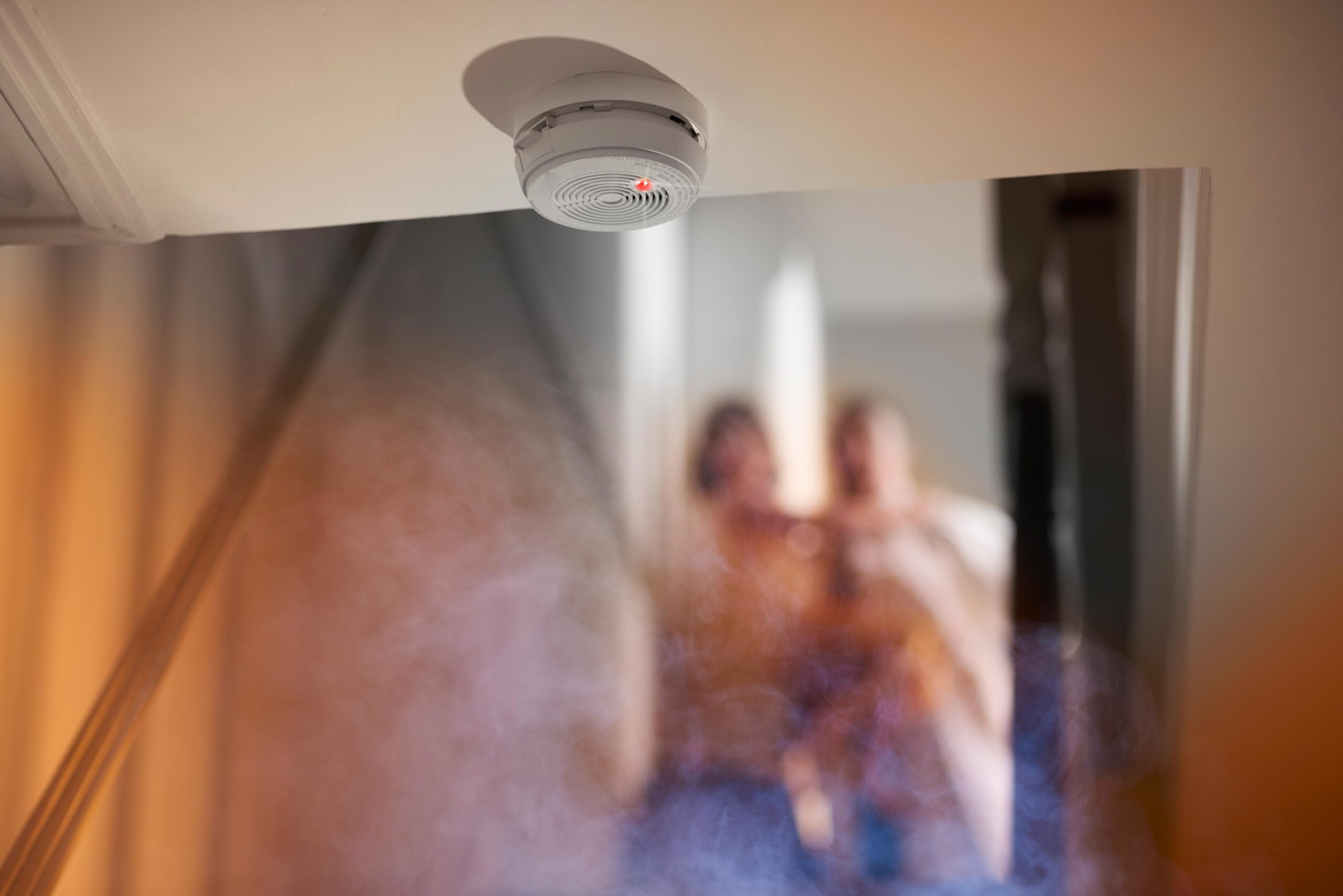
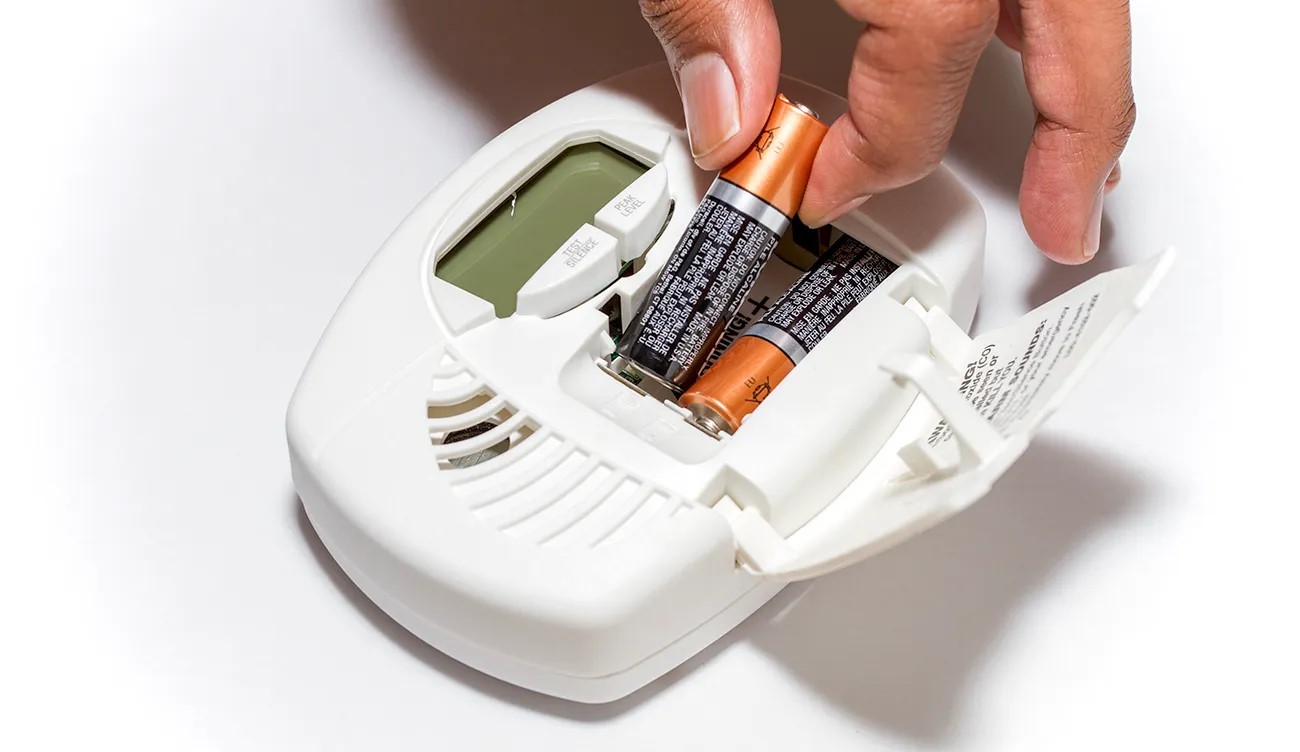
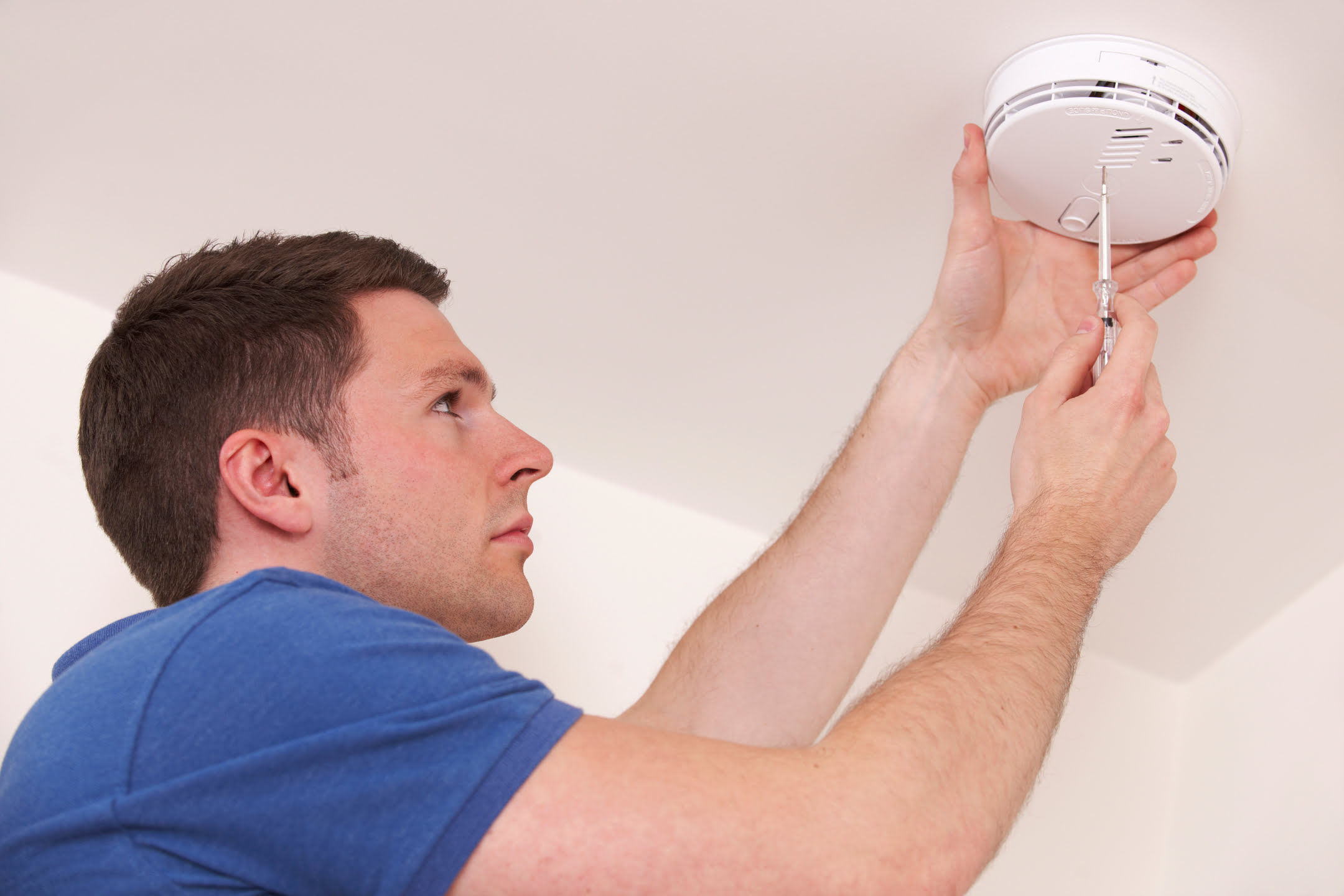
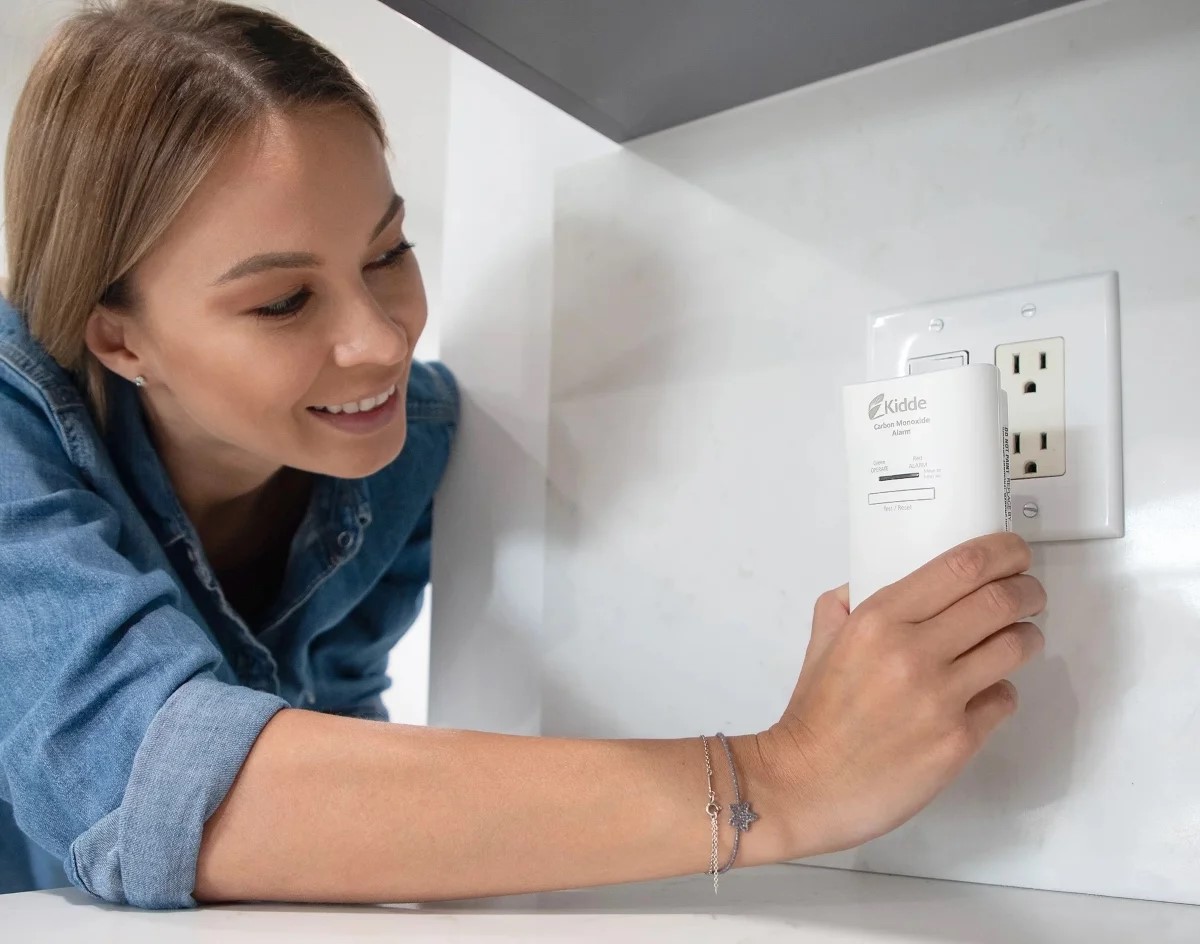
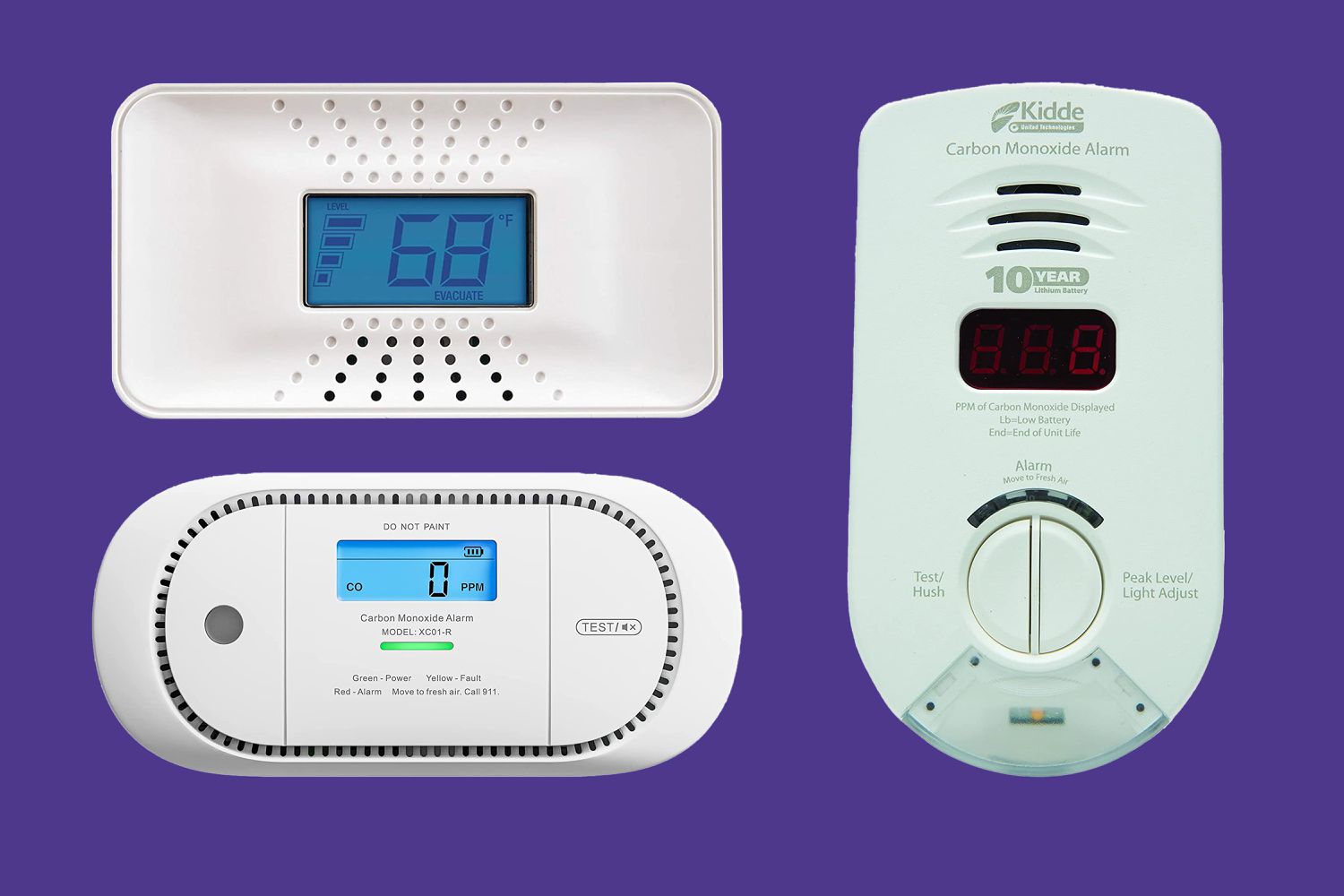
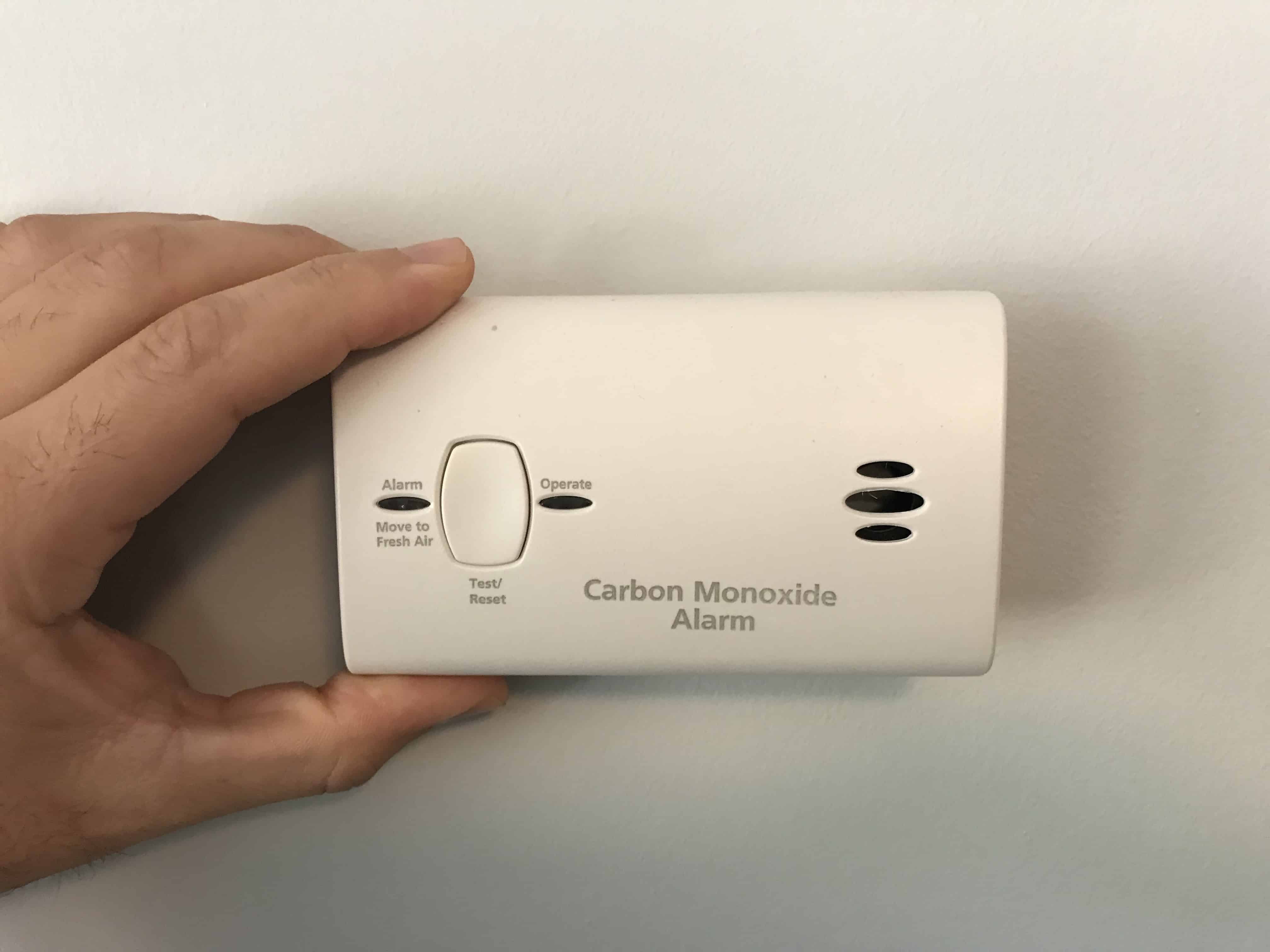
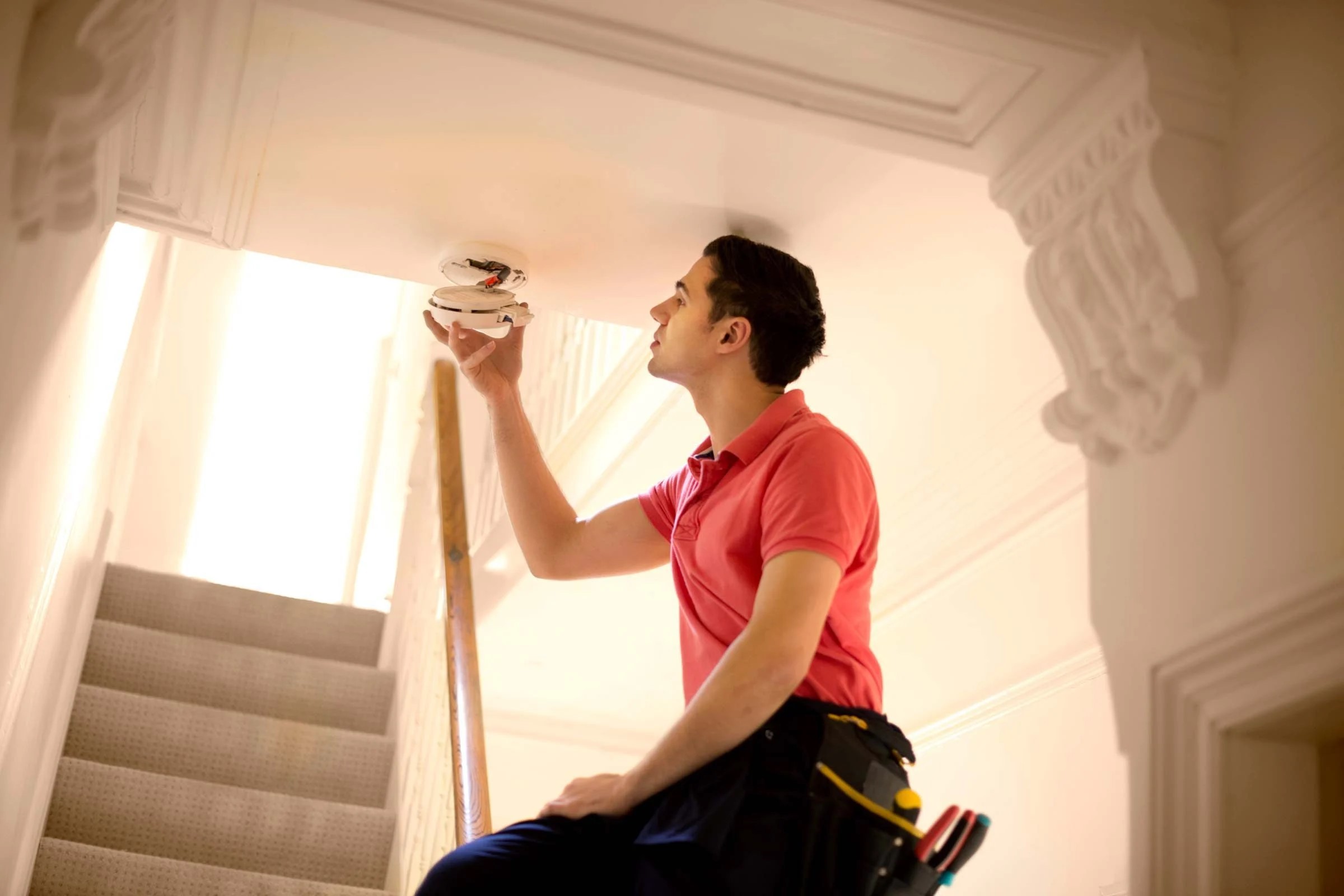
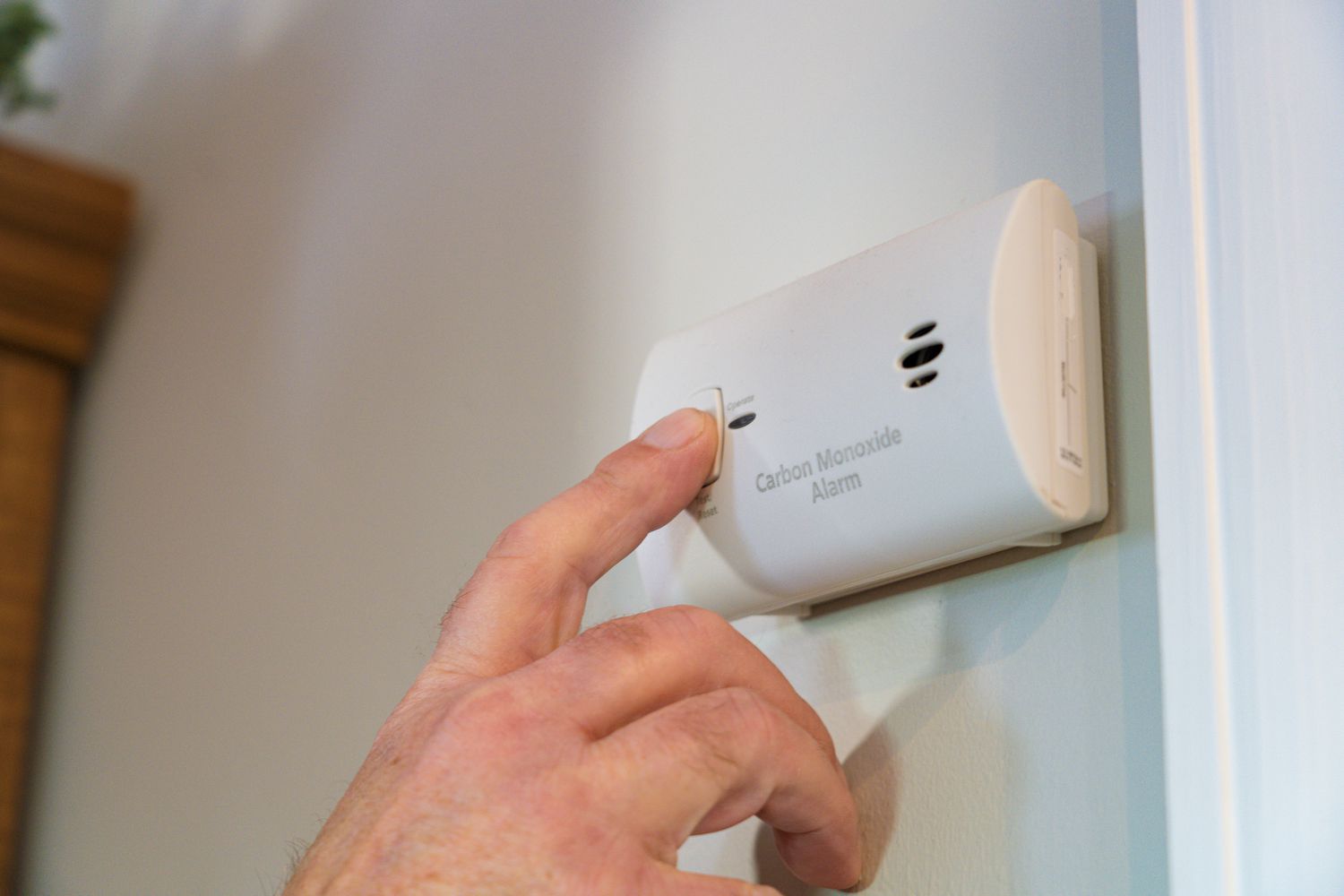
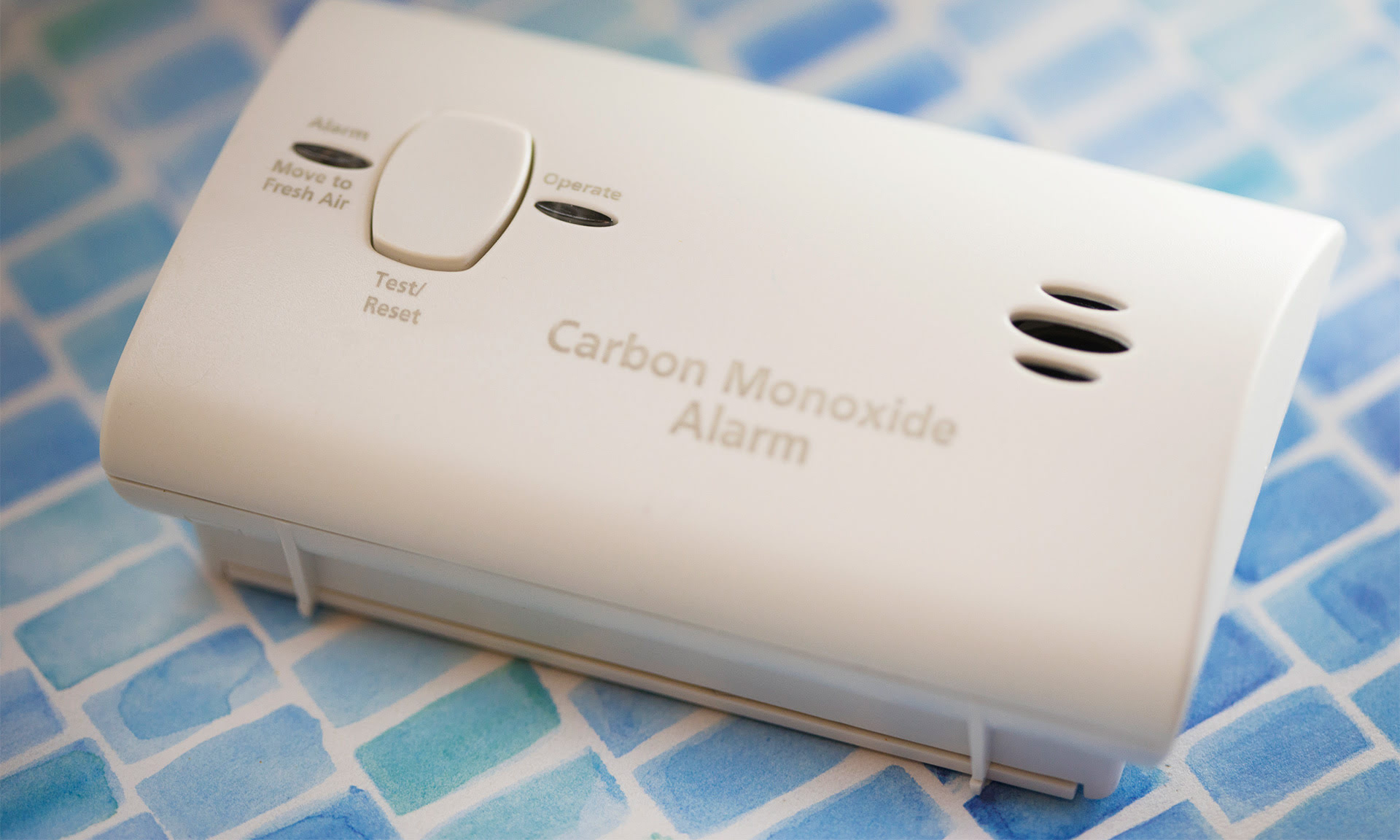
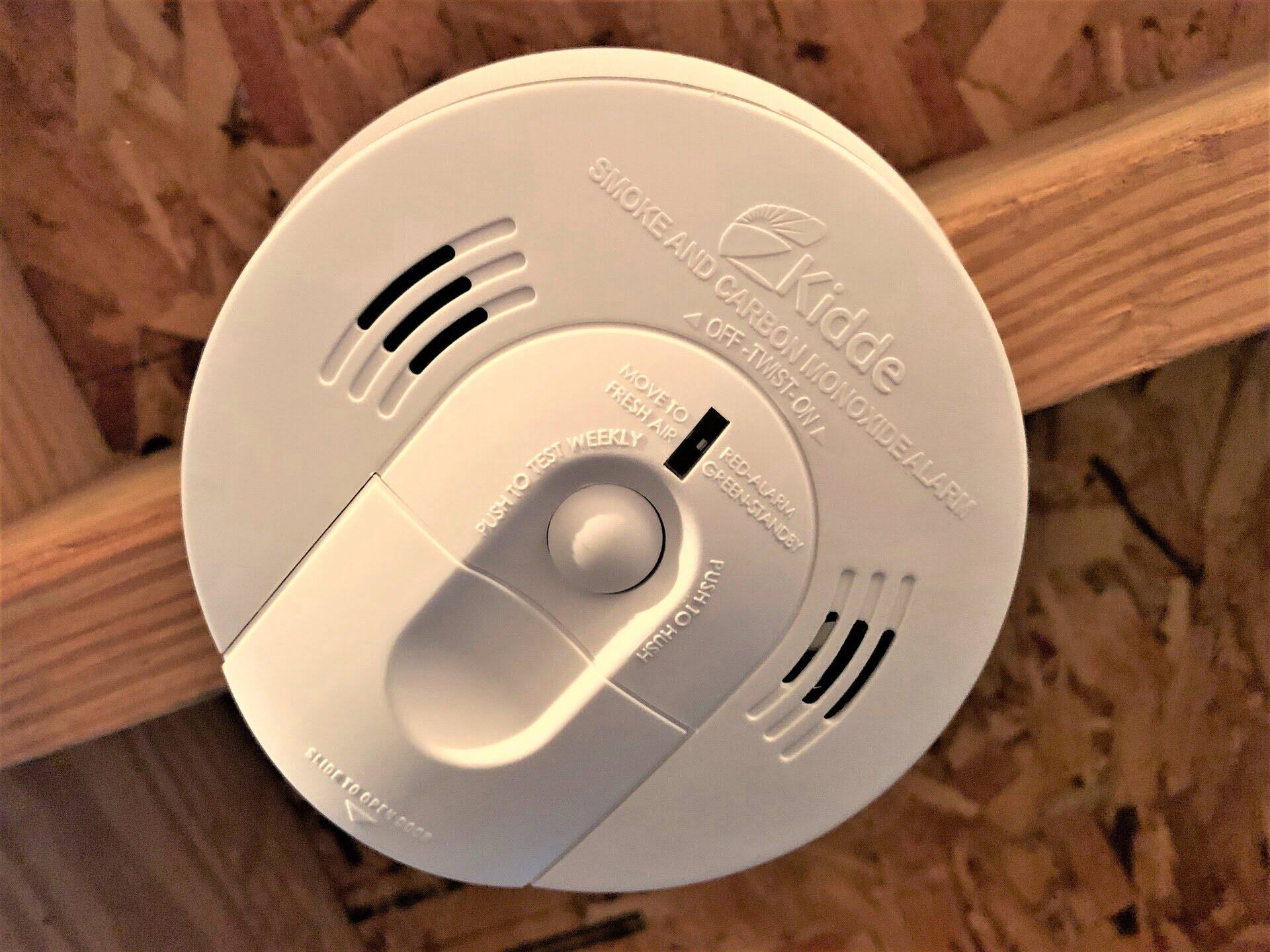
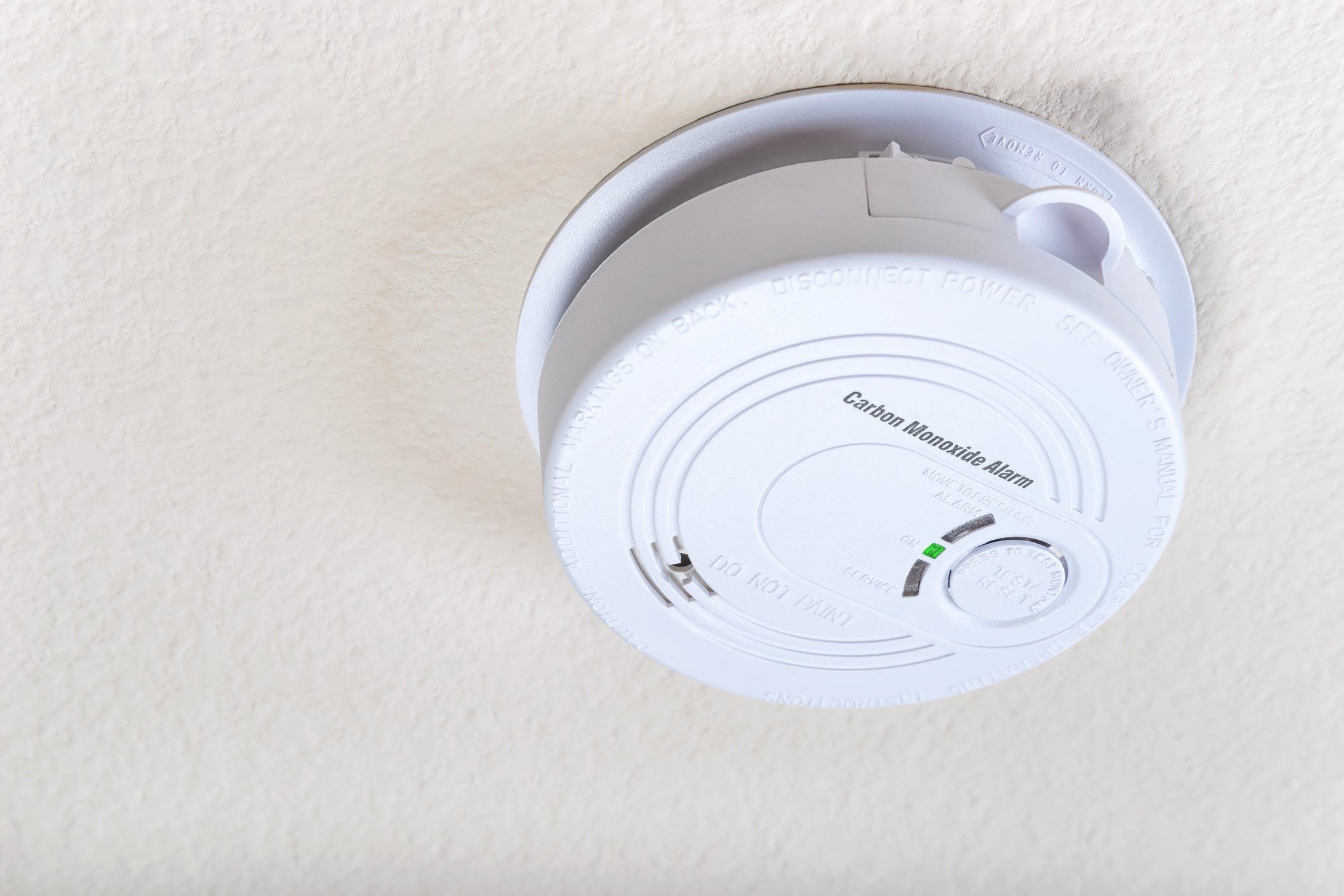
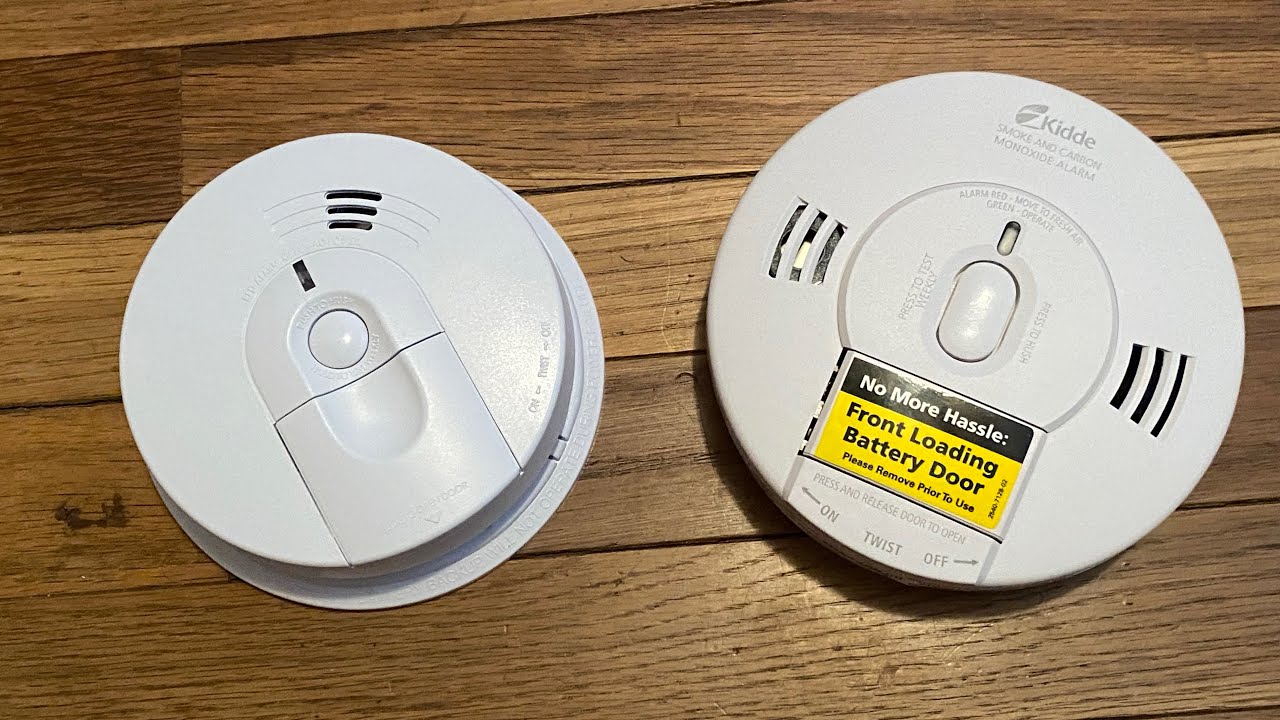
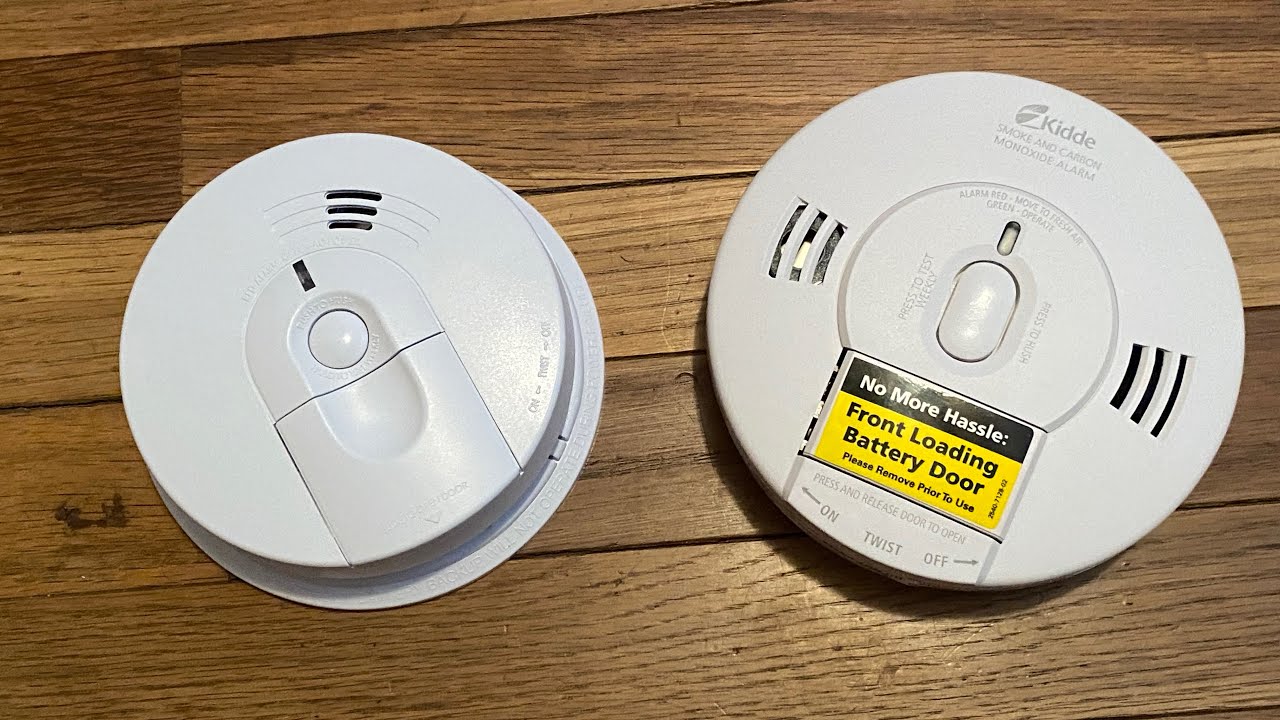

0 thoughts on “Where To Place A Carbon Monoxide Detector In UK”